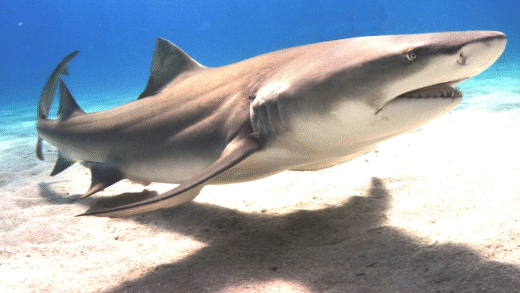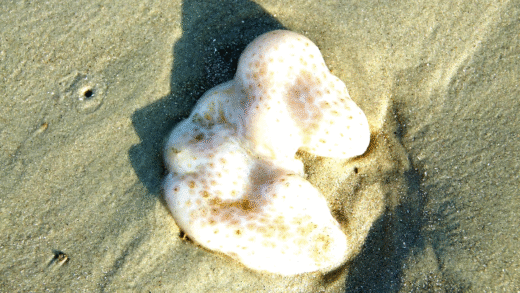Kookaburras are fascinating birds known for their distinctive laughter, which plays a vital role in their social interactions. They primarily eat small mammals, reptiles, and insects, showcasing their opportunistic carnivorous diet. Their laughter helps establish territory, coordinate hunting activities, and reinforce family bonds within their social groups. Understanding these aspects provides insights into their behavior and ecological significance.
Kookaburra Overview: What is a kookaburra? Where do they live?
Kookaburra is a fascinating bird, renowned for its distinct laughter-like call. This unique sound has earned it the nickname “laughing bird.” Kookaburras belong to the kingfisher family and are primarily found in Australia and New Guinea. There are four recognized species of kookaburras, with the most common being the Laughing Kookaburra.
These birds thrive in various habitats, including open forests, woodlands, and even suburban areas. They prefer environments with plenty of trees for nesting and perching. Kookaburras are often seen perched on branches or fences, scanning the ground for prey.
- Habitat: Kookaburras are adaptable, living in diverse environments:
- Woodlands
- Forests
- Suburban areas
Typically, kookaburras are social birds, often seen in pairs or family groups. They establish territories and communicate through their loud calls, which can be heard echoing through the trees. Understanding the kookaburra’s habitat and social behavior provides insight into their essential role in Australian ecosystems.
The Unique Laugh of the Kookaburra
Kookaburra laugh sound is truly iconic. It resembles a hearty, human-like chuckle that echoes through the bush. This laughter is not just a quirky trait; it serves vital purposes in their social structure. Kookaburras laugh to establish territory, signal presence, and strengthen family bonds. Their calls can be heard at dawn and dusk, creating a symphony of laughter that is both captivating and unique.
Why do kookaburras laugh? Their laughter functions as a form of communication, helping them coordinate group activities and deter intruders. When a kookaburra laughs, it signals to other birds that it is claiming its space. This behavior is particularly important for maintaining their social hierarchy.
- Characteristics of Kookaburra Laughter:
- Resembles a loud, human-like laugh.
- Can be heard over long distances.
- Often occurs in groups, enhancing their communal feel.
- Reasons for Laughing:
- Establish territory.
- Coordinate with family members.
- Discourage rival kookaburras.
In summary, kookaburra laughter is not just a delightful sound; it’s a crucial part of their communication and social interaction. Understanding this behavior provides insights into their role within the ecosystem and their unique personality.
Diet and Social Life: What Do Kookaburras Eat?
Kookaburras are opportunistic carnivores, which means their diet primarily consists of meat. Their primary food sources include small mammals, reptiles, insects, and even other birds. They have been observed hunting in pairs or groups, which reflects their social nature. Kookaburras use their sharp beaks to catch prey, often using a technique called “swooping,” where they dive down from a perch to grab their meal. This hunting strategy is effective, allowing them to capture a variety of animals.
Key components of a kookaburra’s diet include:
- Insects: Crickets, grasshoppers, and beetles are common snacks.
- Small Mammals: They will catch mice or small marsupials.
- Reptiles: Lizards and snakes often fall victim to their hunting skills.
- Birds: Occasionally, kookaburras may prey on smaller birds.
This varied diet not only sustains kookaburras but also plays a role in their social interactions. When hunting in groups, they communicate through their laughter and calls, which helps coordinate their efforts. Their ability to work together enhances their success in capturing food and strengthens social bonds within the group.
Social Interactions: Laughter’s Role
Kookaburras are inherently social birds, often seen living in family groups. Their laughter serves multiple functions in their social life. As mentioned earlier, their iconic laugh helps establish territory and signal presence. Additionally, it plays a crucial role in their social interactions.
When kookaburras laugh, they create a sense of community. This laughter can:
- Reinforce Family Bonds: Calls are often exchanged between family members, strengthening their relationships.
- Coordinate Group Activities: Laughter signals group movements and hunting efforts, ensuring that everyone is on the same page.
- Deterrent to Intruders: Loud calls can warn rivals to stay away, protecting their territory.
In essence, the kookaburra’s social life is intricately linked to its laughter. Their calls not only provide information about their surroundings but also foster connections among individuals. This social behavior is a key aspect of their survival and overall success as a species.





Comments are closed.